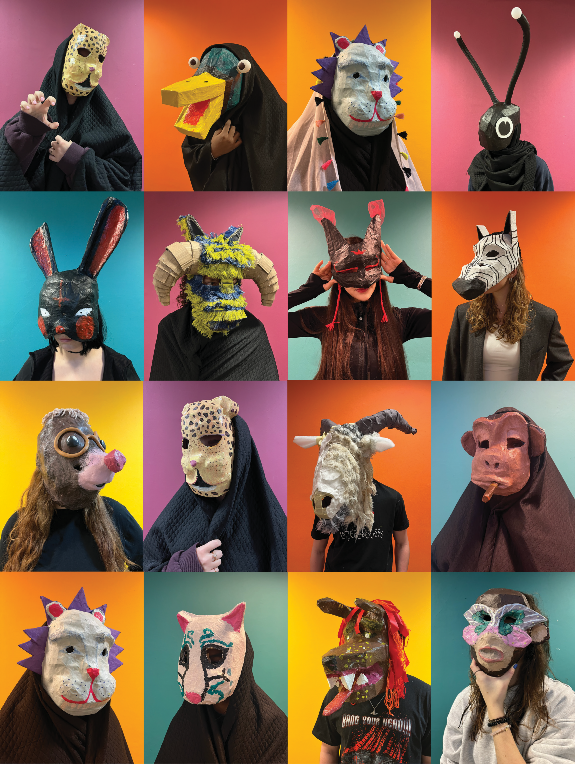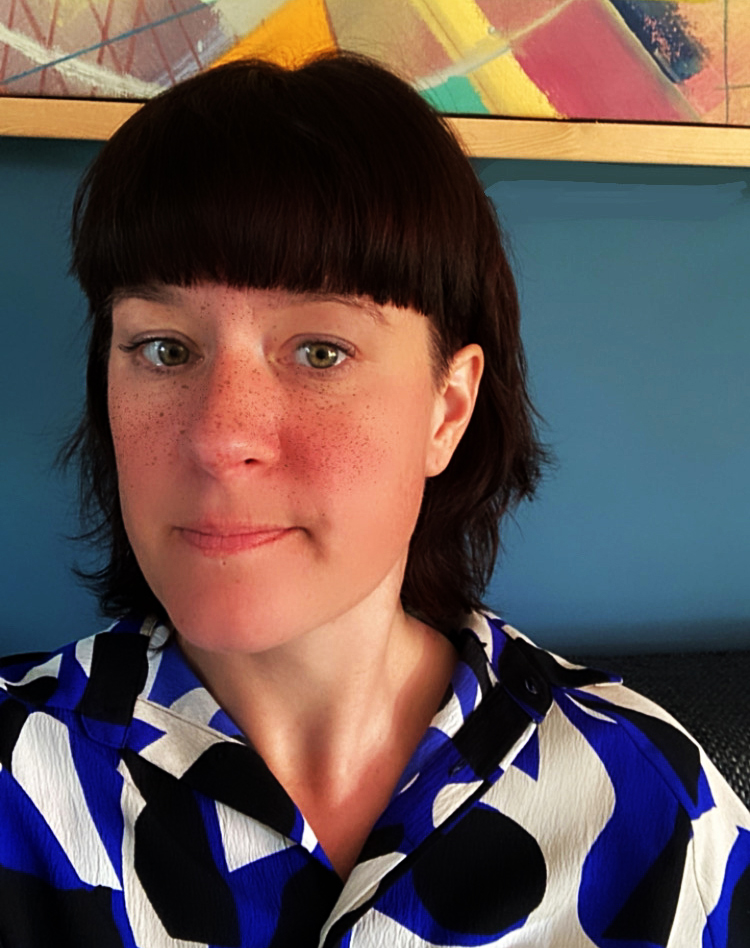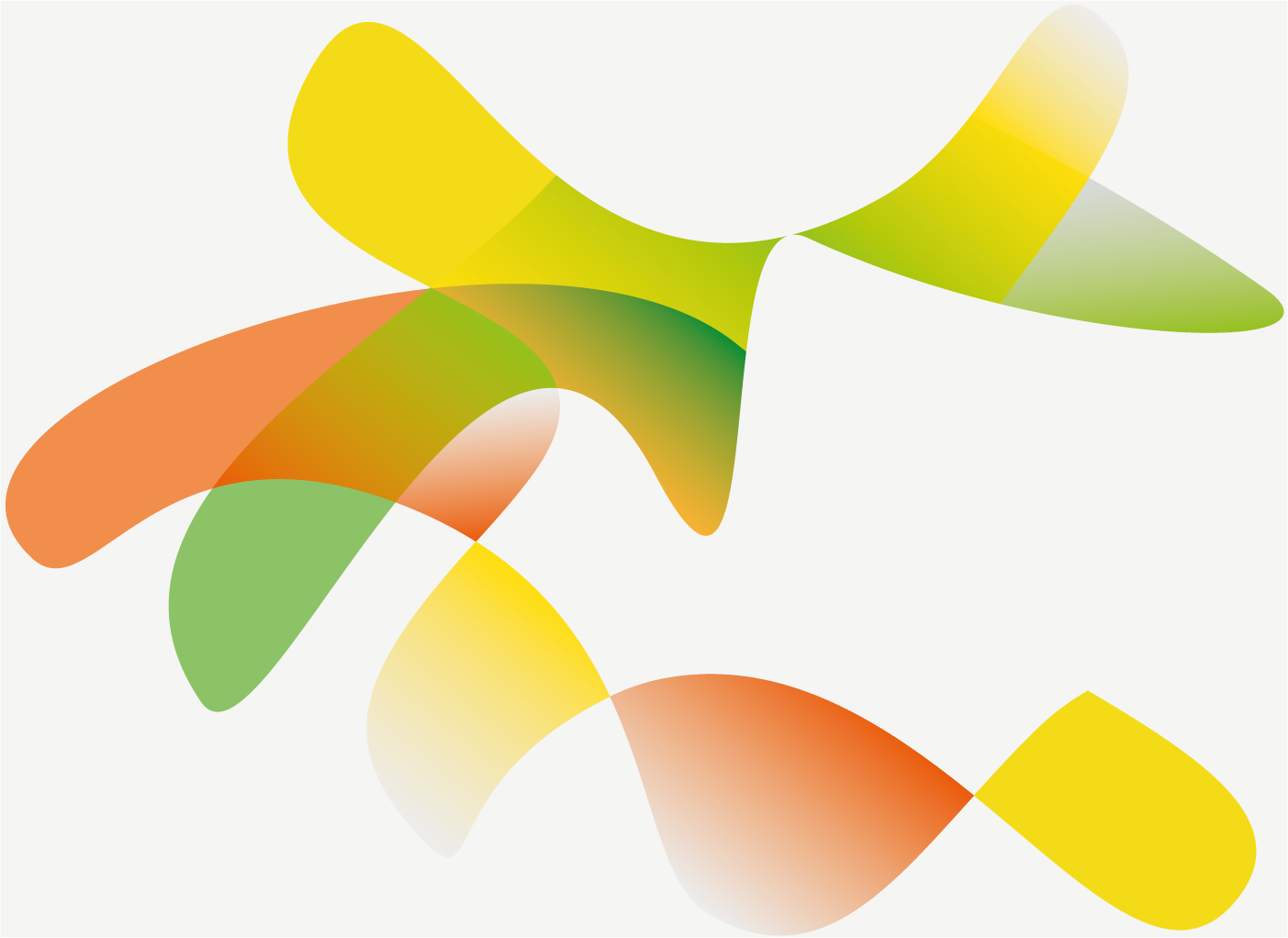The design research

To explore my design question, I used masks as a powerful tool to encourage student selfreflection, experimentation, and selfexpression.
I worked together with students, on what it means to wear a mask, both literally ánd metaphorically, both offline ánd online. Students created tangible masks, translated them into digital avatars, and explored their character traits through metaphorical expression.
In a time dominated by rapid developments in technology, this course offered a counterbalance, encouraging slowness while making which fostered self reflection, expression, dialogue, and human connection. By combining analog and digital making processes, the project created space for self-awareness, social connection, and mental resilience. The outcome of this research is the course Masks & Digital Avatars, which I developed as a final design within the context of higher education at Hogeschool Rotterdam (CMI). It brings together all elements of the research; tangible and digital making, reflection, and identity exploration into a hybrid educational format. The course contributes to student success by offering learning experiences that center personal growth, ownership, and the integration of head, heart, and hands.
I believe education can be a third space where personal stories, creativity and agency come together. I aim to create meaningful learning experiences that embraces both tangible and digital making.
The new practice
Hybrid learning environments for self-expression
The course Masks & Digital Avatars is featured in the video IX FutureMakers, which explores the broader theme Human(e) Making & Interaction. The video marks a milestone in my research, but is also an invitation to reflect on how we design digital environments: fór people, wíth people.
I create hybrid learning environments where making becomes a way to reflect. Slowing down the making process was very important in my research, it fostered self reflection through tangible making. My practice explores how tangible and digital making can enrich each other. Both making processes are not just tools, but as methods for identity development and ownership in education.
The course continues to evolve. Students now work with 3D scanning and augmented reality to translate their physical masks into digital forms, exploring how their character traits can remain present in virtual spaces.
“Everything often seems to be about profit; how much you can earn with it, what grade you can get with it, it’s always just about profit, what you can get out of it. And this assignment was really purely my creation, purely for myself and not to earn anything with it. That brought me freedom.”
-Miso, student Creative Media & Game Technologies
The designer

I am a maker, educator, and I design learning environments at Creative Media & Game Technologies, Rotterdam University of Applied Sciences.
I believe education can be a third space where personal stories, creativity and agency come together. Furthermore, I aim to create meaningful learning experiences that embraces both tangible and digital making.




